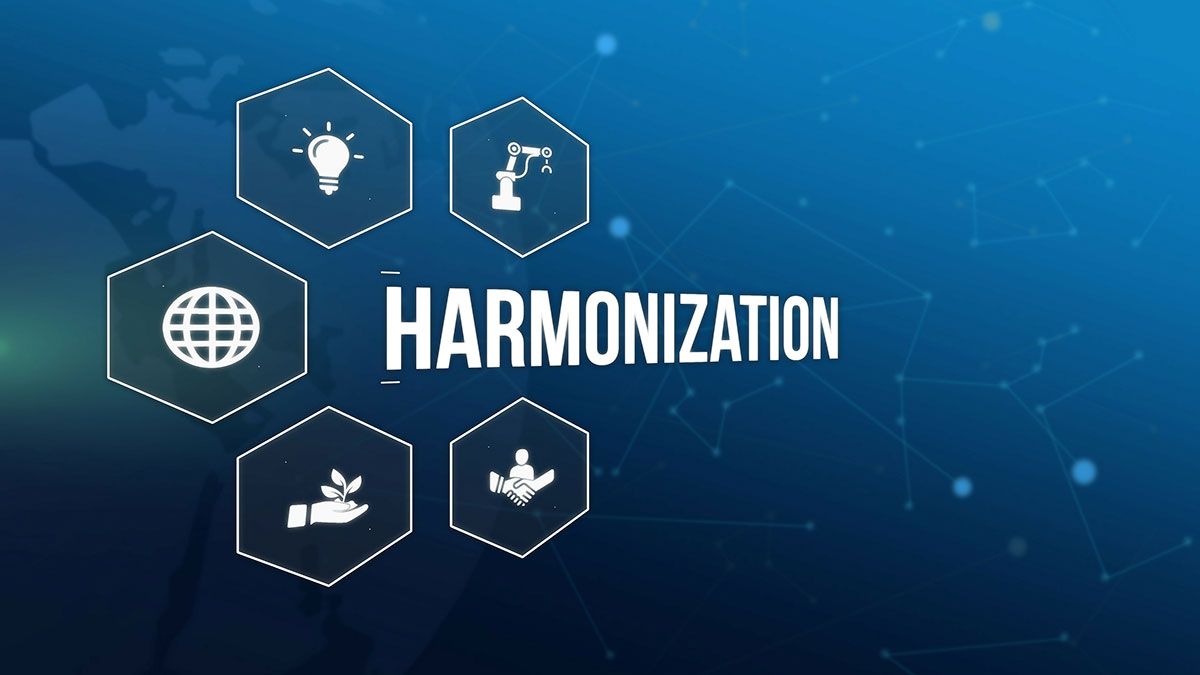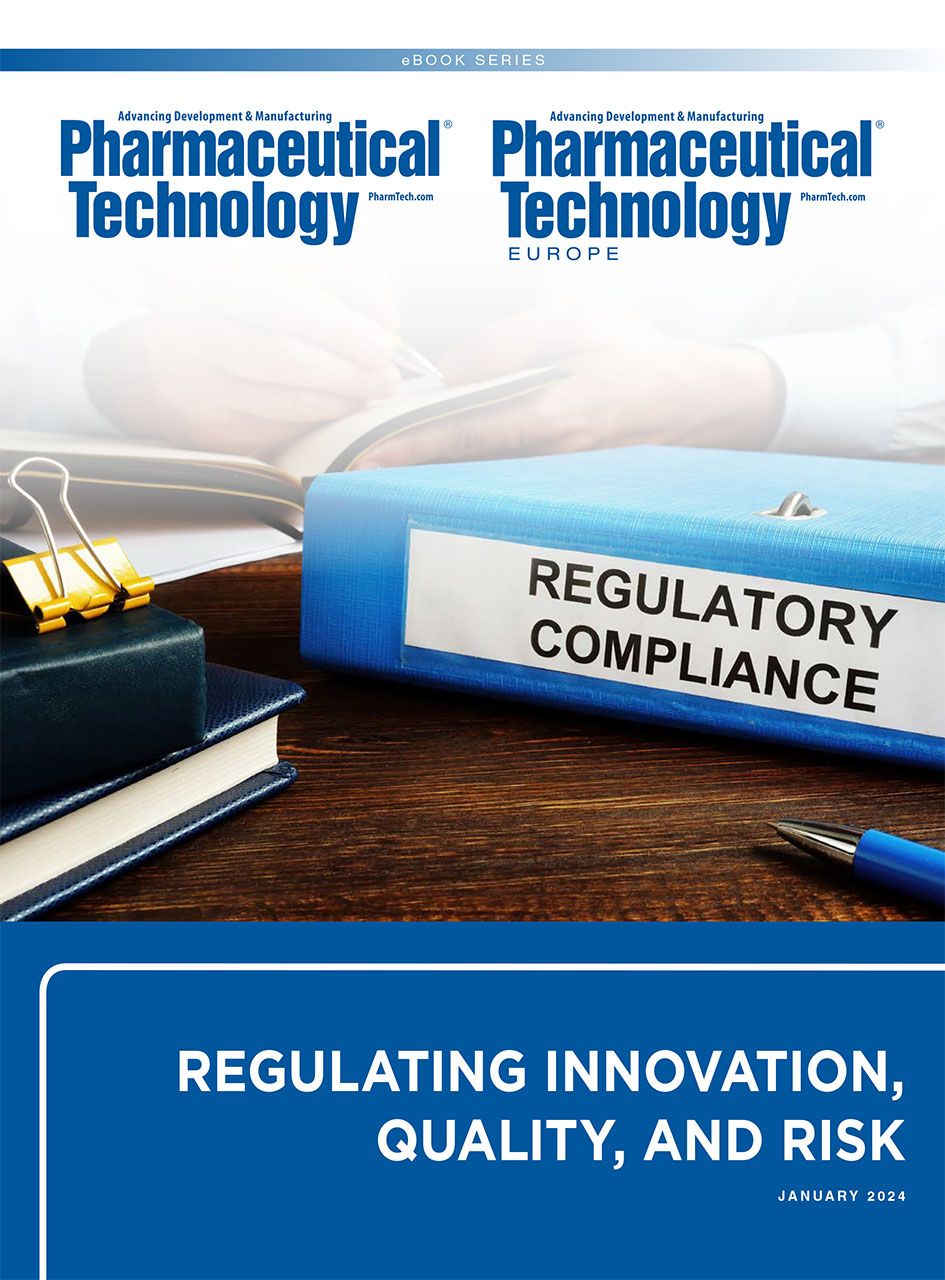Regulating Innovation, Quality, and Risk eBook January 2024
Read the article:
Read the ebook:
Harmonization of global regulations fosters innovation and ensures quality medicines.
harmonization | ©CrazyCloud - stock.adobe.com

Editor's Note: This article was previously published in Pharmaceutical Technology's February 2023 issue.
When a pharmaceutical manufacturer wants to launch a product, they submit applications to dozens of international regulators for that product’s review and approval. The manufacturer faces the risk that different regulators will have different expectations for the content and framework of their application. But when it comes to quality, does this have to be the case? Patients’ quality expectations around the globe are consistent: safe and effective medicines free of contamination and defects.
Read the article:
Read the ebook:
FDA Principal Deputy Commissioner, Janet Woodcock, made headlines when she foretold “a single dossier for quality in the cloud” and “a single regulatory position worldwide” as part of a global approach to quality (1). Though the world is still far from this single regulatory position on quality, some regulators are chipping away at the international status quo.
While the United States has the largest single pharmaceutical market in the world, over recent decades pharmaceutical manufacturing has globalized, and many manufacturers now strive for product launches that are global events. While a regulator may deal with one application for a new drug product, one manufacturer may deal with multiple international regulators for that single product’s review and approval. A public health worst-case scenario is one in which a pharmaceutical manufacturer has a promising new technology that could benefit patients—and perhaps even confidence that FDA will approve it—but decides not to pursue it due to the uncertainties associated with navigating a web of global regulators. Fortunately, global regulators work together to keep international expectations from becoming disjointed to the point that manufacturers are unwilling to develop and implement innovations that might benefit patients.
Read this article in the Pharmaceutical Technology/Pharmaceutical Technology Europe Regulating Innovation, Quality, and Risk eBook
Ashley Boam, MSBE, is the Director of the Office of Policy for Pharmaceutical Quality in FDA’s Office of Pharmaceutical Quality in the Center for Drug Evaluation and Research (CDER). Theresa Mullin, PhD serves as CDER’s Associate Director for Strategic Initiatives and leads CDER’s International Program.
Pharmaceutical Technology/Pharmaceutical Technology Europe Regulating Innovation, Quality, and Risk eBook
Issue 1
January 2024
Pages: 16-18
